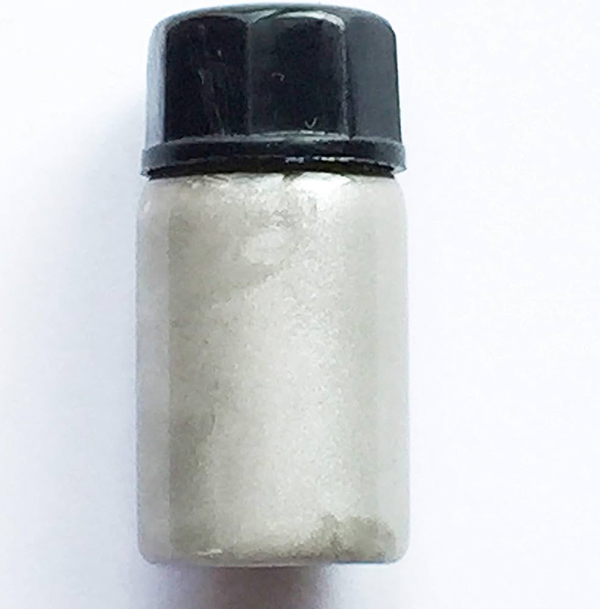4 Types of Conductive Silver Pastes You Must Know in LTCC Ceramic PCBs
The conductive silver paste used in LTCC ceramic PCB is a special type of composite material, which composed of metallic conductive powders, organic solvents, and additives. During the LTCC ceramic circuit board manufacturing, the silver paste will be precisely applied to substrates by printing or spraying methods. Then co-fired at a relatively low temperatures to create a multi-layer ceramic substrate.
There are four types of conductive pastes always be used in LTCC substrate, different paste has its own properties. Here, we are introducing the details of them, welcome to read continuedly if you are interested in.

1. Internal Electrode Silver Paste
The internal electrode silver paste refers to an electrode structure to establish circuit connections, signal transmission, and functional components in LTCC ceramic circuit. These internal electrodes, typically made from silver powder, facilitate signal transfer within LTCC devices, interconnecting various circuit components to achieve signal transmission and processing. LTCC devices are usually composed of multi-layer ceramic layers, and the internal electrode is used to connect the circuit between different layers to achieve a three-dimensional circuit structure. The internal electrode can realize various functions, such as filtering, amplification, coupling, etc., to provide rich functional characteristics for the device.
2. Surface Electrode Silver Paste
Located on the external surface of LTCC devices, the surface electrode silver paste is aim at to connect electronic components to external circuits, enabling signal input, output, and connectivity. LTCC surface electrodes play a crucial role in packaging, connectivity, and overall device performance.
3. Via-Fill Electrode Silver Paste
Via fill electrode connect different layers through via holes in the ceramic substrate, enabling interlayer connections and signal transmission. Via-fill electrode silver paste also is a key material of LTCC ceramic PCB.
4. End-Contact Electrode Silver Paste
End-contact electrode silver paste is located at the edges of LTCC devices, these electrode structures connect devices to external circuits, facilitating signal input, output, and connectivity. The design of end coated electrodes needs to consider connection methods with external circuits, such as soldering or brazing. For LTCC devices with multiple pins, the layout of end-contact electrodes must consider pin spacing and connection methods.
The Future of Conductive Silver Paste
With the development of electronics, researchers are not only focusing on improving conductivity but also developing new types of conductive silver paste suited for high-density packaging and high-frequency applications.
1. Nanoscale Conductive Silver Paste
Incorporating nanomaterials can enhance the conductivity of silver paste while reducing particle size for a more uniform conductive layer.
2. High-Frequency Conductive Silver Paste
With the evolution of 5G and millimeter-wave technologies, conductive silver paste needs to exhibit higher-frequency characteristics to meet increased communication demands.
3. Environmentally Friendly Conductive Silver Paste
Environmental considerations are gaining importance in material selection and production processes. Researchers are working on greener, more sustainable conductive silver paste options.
Conductive silver paste plays an indispensable role in LTCC technology, providing a solid foundation for electronics. As electronic technology advances, conductive silver paste continues to innovate, unlocking new possibilities in the technological world. If you would like to know more information about LTCC silver paste, please contact us at any time.






















































 HOME
HOME







